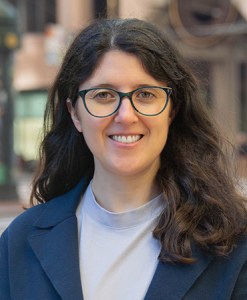With the recent launch of two $500 million funds to support below-market housing from Microsoft and the Chan Zuckerberg Initiative (CZI), increasing attention is being focused on other funds for supporting production and preservation of affordable housing. Both announcements came with a heavy emphasis on the role of partnerships—CZI is working with Kaiser Health and others—and working across sectors to overcome the political, land use planning, and financial hurdles to getting such projects off the ground.
Both regions where these funds were announced, Seattle and the Bay Area, have seen ripple effects from their economic successes in recent decades. Workers from the low end to the middle of the income scale, filling essential jobs from barista and janitor to teacher and firefighter, are commuting multiple hours. Meanwhile, decades of underproduction of housing means that essential workers are being displaced or excluded faster than homes can be built, and it would take decades to catch up through market-rate construction alone.
While newsworthy, loan funds themselves are not new. The Microsoft and CZI-led funds build on a decade of lessons learned in regions across the country, from Denver to D.C., where existing funds combine public, private, and nonprofit sources of funding to leverage the strengths of each at the earliest—and most challenging—stages of producing and preserving affordable housing. These funds fill an unmet need in the market for loan capital among developers seeking to buy property and navigate local approvals before breaking ground or stabilizing rents for existing tenants.
Our new report breaks down the range of affordable housing loan funds, the partnerships involved in developing them, and how they serve communities within their unique regional geographies. Drawing on the experience of experts in the field, the report sums up lessons for new investors and others who bring perspectives beyond the traditional boundaries of the community development field.
For more on loan funds and examples of how they are working across the country, read Funds for Kickstarting Affordable Housing Preservation and Production: Lessons for New Investors.
The views expressed here do not necessarily reflect the views of the management of the Federal Reserve Bank of San Francisco or of the Board of Governors of the Federal Reserve System.
